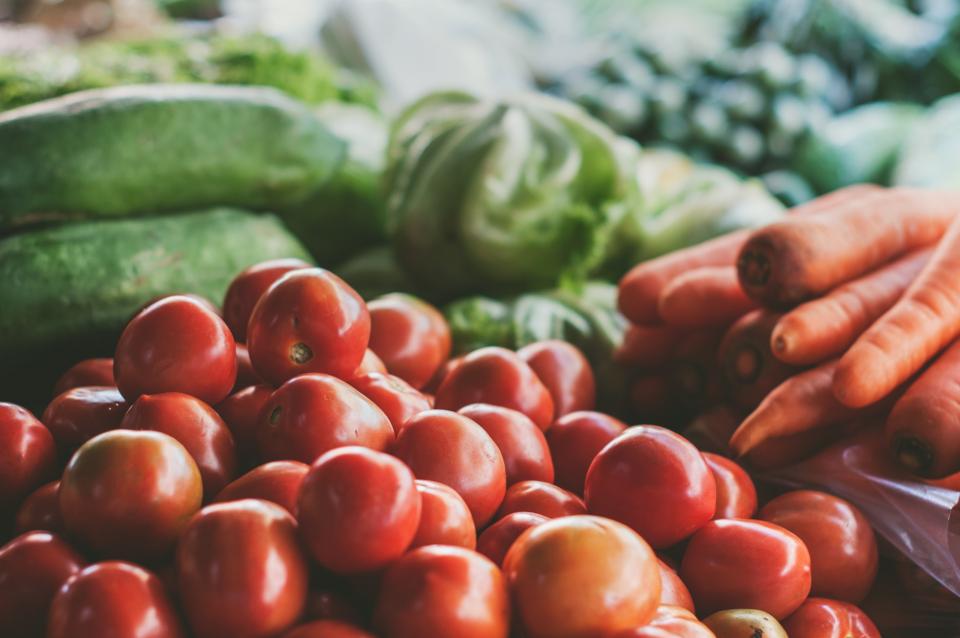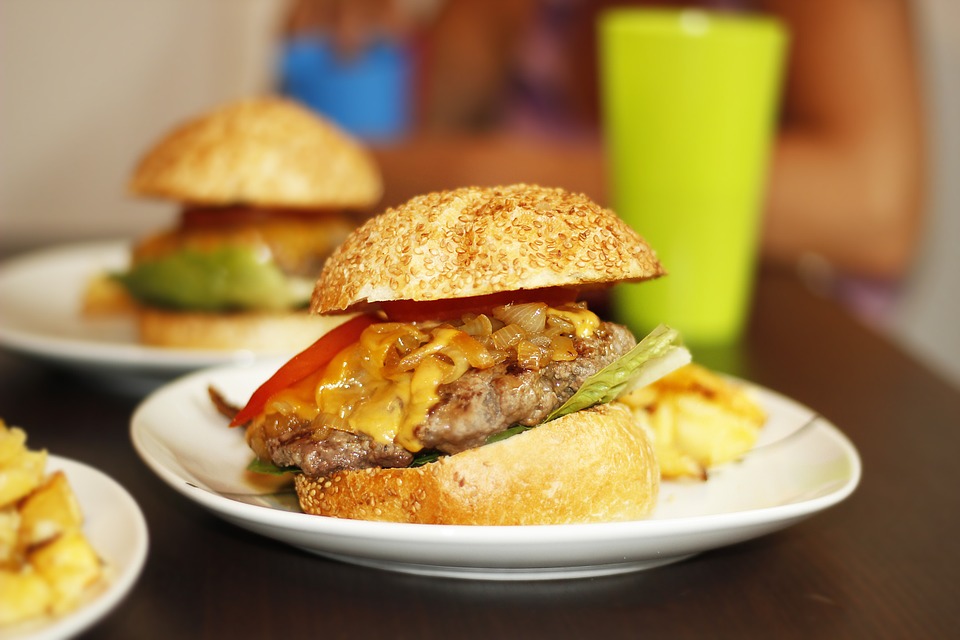This comprehensive guide will delve into the world of lettuce and rabbits, addressing the crucial question of whether rabbits can safely enjoy this leafy green. We'll explore the nutritional value and potential risks associated with lettuce consumption, providing a detailed analysis of different lettuce varieties and their suitability for rabbit diets. This guide will also cover the proper way to introduce lettuce to your rabbit, how much is appropriate, and the potential for adverse reactions. Finally, we'll address frequently asked questions about lettuce and rabbits, offering expert insights to ensure your furry friend's health and happiness.
Part 1: The Nutritional Landscape of Lettuce

1.1 A Deep Dive into Lettuce: Nutritional Value and Potential Concerns
Lettuce, a staple in many salads, offers a variety of nutrients, including:
- Vitamin K: Crucial for blood clotting and bone health. While rabbits can synthesize some vitamin K themselves, additional sources can be beneficial.
- Vitamin A: Supports vision, immune function, and cell growth. However, rabbits can get sufficient Vitamin A from other sources like hay and leafy greens.
- Folic Acid: Essential for cell division and DNA synthesis. While lettuce offers some folic acid, hay and other vegetables provide higher levels.
- Potassium: Plays a role in regulating blood pressure and muscle function. However, rabbits generally get sufficient potassium from their regular diet.
- Fiber: Promotes digestive health and satiety. While lettuce does contain some fiber, it's not a primary source compared to hay and other vegetables.
However, lettuce also contains:
- Lactucarium: A milky sap found in lettuce, especially in the veins. Lactucarium can cause diarrhoea, gas, and digestive upset in rabbits due to its laxative effect.
- Oxalates: These compounds can interfere with calcium absorption and, in excessive quantities, may contribute to kidney stones. This is a particular concern for rabbits prone to urinary issues.
- Low Nutritional Density: Lettuce is primarily water, offering minimal essential nutrients compared to other leafy greens like dandelion greens, kale, and spinach. This means it provides little in terms of vitamins, minerals, and fiber.
Part 2: The Risks of Lettuce for Rabbits

2.1 Digestive Upset and Diarrhoea
The lactuarium found in lettuce can disrupt a rabbit's sensitive digestive system, leading to diarrhoea, bloating, and gas. This is especially problematic for young rabbits or those with pre-existing digestive issues.
2.2 Calcium Imbalance and Kidney Stones
The high oxalate content in lettuce can interfere with calcium absorption, leading to a potential imbalance and increasing the risk of kidney stones. While not a primary cause, it's a factor to consider, especially for rabbits with a history of urinary issues.
2.3 Nutritional Deficiency and Lack of Essential Nutrients
Due to its low nutritional density, lettuce can lead to a deficiency in essential vitamins, minerals, and fibre. This can impact overall health and well-being, especially in the long term.
Part 3: Navigating Lettuce Varieties: A Detailed Guide
3.1 Iceberg Lettuce: The Least Desirable Option
Known for its crisp texture and minimal flavour, iceberg lettuce is the least desirable choice for rabbits. It boasts the highest concentration of lactuarium and oxalates, making it a prime culprit for digestive issues and calcium imbalances.
3.2 Romaine Lettuce: A Slightly Better Choice, But Still Not Ideal
While romaine offers a milder flavour and slightly lower lactuarium content compared to iceberg, it still contains significant amounts of oxalates. It's not a suitable option for regular consumption due to the risks associated with oxalates.
3.3 Butter Lettuce: A Delicate Option, But Not Without Risks
Butter lettuce, known for its delicate texture and mild flavour, has a lower oxalate content than iceberg or romaine. However, it still contains lactuarium and should not be considered a staple food for rabbits.
3.4 Spinach Lettuce: The Most Nutritious Choice, But Still Use With Caution
With its darker green colour and slightly bitter taste, spinach lettuce is the most nutritious option among common lettuce varieties. It has a lower oxalate content and a higher concentration of vitamins and minerals compared to other types. However, it's still important to offer it in moderation due to its lactuarium content.
Part 4: Introducing Lettuce to Your Rabbit: A Step-by-Step Guide
4.1 The Importance of Gradual Introduction
Introducing any new food to your rabbit's diet should be done gradually to avoid digestive upset. Start by offering a small amount of lettuce, no larger than a few leaves, and observe for any negative reactions.
4.2 Selecting the Right Lettuce Variety
Choose lettuce varieties with lower oxalate and lactuarium content, such as spinach lettuce, but always in limited quantities. Avoid iceberg and romaine lettuce entirely.
4.3 Monitoring for Adverse Reactions
Carefully observe your rabbit after introducing lettuce, looking for signs such as diarrhoea, lethargy, loss of appetite, or excessive gas. If you notice any of these symptoms, discontinue lettuce and consult your veterinarian.
Part 5: How Much Lettuce is Too Much?
5.1 Moderation is Key: A Healthy Approach to Lettuce Consumption
Lettuce should be a rare treat for rabbits, supplementing their main diet of hay, fresh vegetables, and pellets. Offering too much lettuce can lead to digestive issues, nutritional imbalances, and potentially health problems.
5.2 A Safe Serving Size: A Practical Guide
A general guideline is to offer a small handful of lettuce, no larger than a few leaves, once or twice a week. Always monitor your rabbit's response and adjust the amount accordingly based on individual needs and tolerance.
Part 6: Alternatives to Lettuce: A Bounty of Healthy Greens
While lettuce may be tempting, there are numerous healthier and safer leafy greens that rabbits can enjoy:
- Dandelion Greens: Packed with vitamins, minerals, and fiber, promoting overall health and well-being. These are a great source of calcium, potassium, and vitamins A, C, and K.
- Cilantro: Offers a refreshing and flavorful addition to a rabbit's diet, providing antioxidants and other beneficial compounds. It's a good source of vitamin C and iron.
- Parsley: A good source of vitamins A, C, and K, promoting digestive health and immune function. It's also a natural diuretic, which can be helpful for rabbits with urinary issues.
- Kale: Rich in vitamins, minerals, and antioxidants, supporting overall well-being. It's a great source of calcium, vitamin K, and beta-carotene.
- Collard Greens: Offer a good source of vitamins, minerals, and fiber, promoting digestive health and satiety. These greens are rich in vitamin C, vitamin K, and calcium.
- Spinach: A powerhouse of nutrients, spinach is a great source of vitamins A, C, and K, as well as iron, potassium, and calcium. It's important to note that spinach contains oxalates, so offer it in moderation.
- Endive: Provides a crunchy texture and a slightly bitter flavor. It's a good source of vitamins A, C, and K, as well as antioxidants.
- Arugula: This peppery green is rich in vitamins A, C, and K, as well as antioxidants. It's also a good source of fiber.
Part 7: Frequently Asked Questions
7.1 Can baby rabbits eat lettuce?
Baby rabbits are particularly susceptible to digestive issues, making lettuce a risky choice. Their digestive systems are still developing, and introducing lettuce could lead to diarrhoea and other complications. Stick to a diet of hay, fresh vegetables, and pellets specifically formulated for baby rabbits.
7.2 What about lettuce leaves with holes?
Lettuce leaves with holes should be avoided as they can harbour bacteria and parasites, potentially causing health problems. Always choose fresh, unblemished lettuce leaves for your rabbit.
7.3 Can rabbits eat lettuce stems?
Lettuce stems are generally not recommended as they can be tougher to digest and contain higher concentrations of oxalates and lactuarium. Stick to offering leaves only.
7.4 Can rabbits eat lettuce seeds?
Lettuce seeds are not recommended for rabbits as they can be difficult to digest and may contain harmful substances. Stick to offering only the leaves.
7.5 What if my rabbit has eaten lettuce and is showing signs of illness?
If you notice any signs of illness after your rabbit has eaten lettuce, such as diarrhoea, lethargy, or loss of appetite, discontinue lettuce immediately and consult your veterinarian. They can assess the situation, determine the cause of the illness, and provide appropriate treatment.
7.6 Is it okay to give lettuce to my rabbit occasionally?
While lettuce can be a tempting treat, it's best to offer it sparingly and only in moderation. Stick to safe and healthier leafy greens, such as dandelion greens, cilantro, parsley, kale, and collard greens, as the primary source of greens in your rabbit's diet.
Remember, responsible rabbit ownership involves making informed decisions about their diet. By understanding the risks and benefits of lettuce and providing a diverse and nutritious diet, you can ensure your furry friend's health and well-being for years to come.
Everyone is watching
-

Do Rabbits Lay Eggs? (The Surprising Truth)
OTHER TYPES OF PETSThis article will unravel the common misconception that rabbits lay eggs, exploring the fascinating world of r...
-

Can Rabbits Eat Grapes? A Guide to Safe Rabbit Treats
OTHER TYPES OF PETSThis comprehensive guide will explore the safety and suitability of grapes for rabbits, providing detailed inf...
-

What's a Group of Rabbits Called? (A Comprehensive Guide)
OTHER TYPES OF PETSThis article delves into the fascinating world of rabbits, exploring the various terms used to describe a grou...
-

Predators That Hunt Rabbits: A Guide to Natural Enemies
OTHER TYPES OF PETSI've always been fascinated by the circle of life, that delicate dance between predator and prey. Growing up ...
-

Are Rabbits Nocturnal Animals?
OTHER TYPES OF PETSThe question of whether rabbits are nocturnal animals is a fascinating one, with a surprisingly complex answer...
